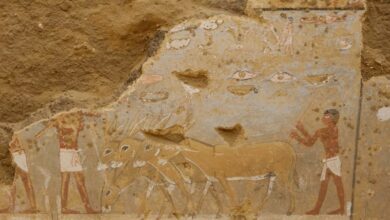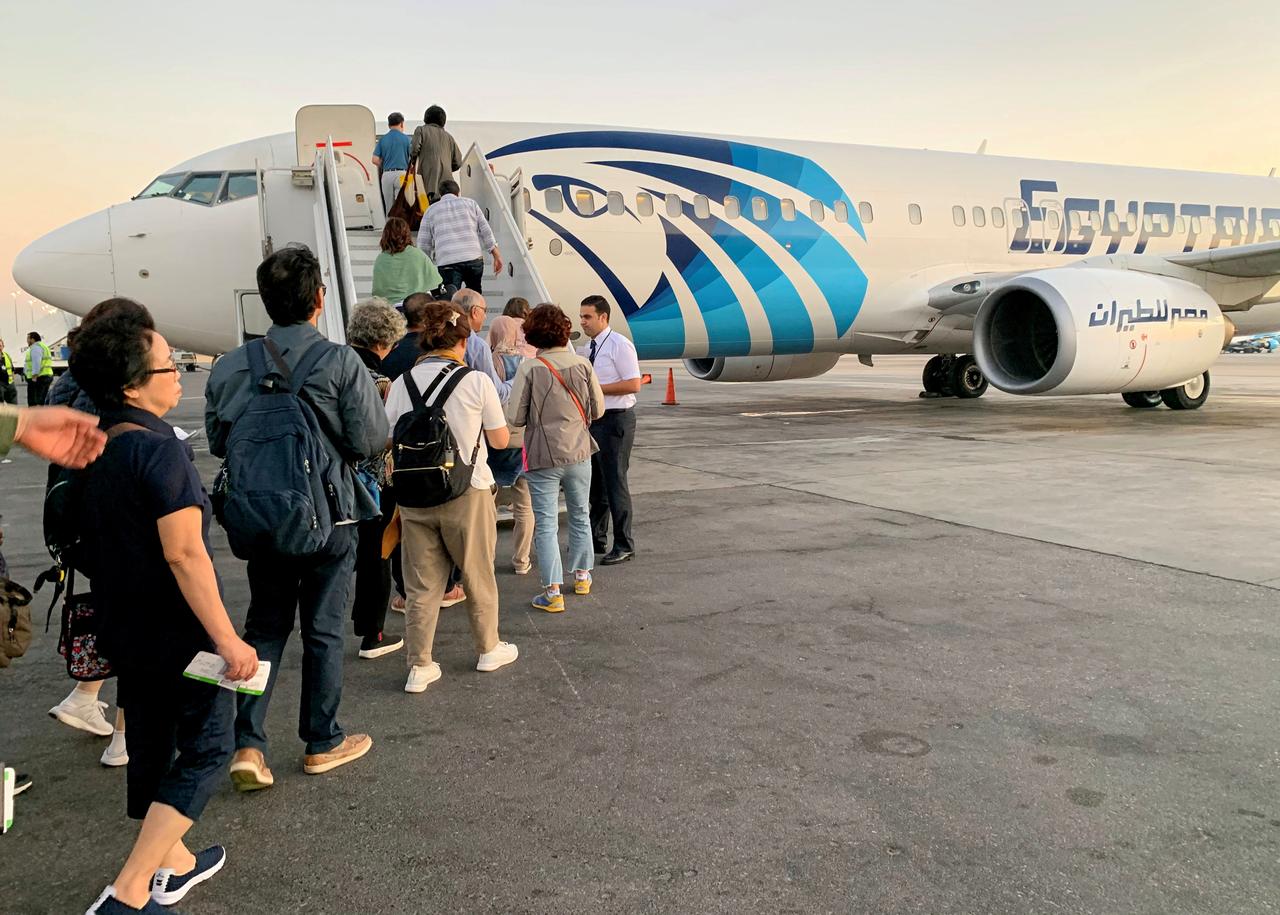
An Egyptian archaeological committee finished displaying the mummies of priests and priestesses of Amun at the Museum of Egyptian Capitals in the New Administrative Capital.
The head of the Supreme Committee for the Museum Display Scenario at the Ministry of Tourism and Antiquities, Ali Omar, explained that these mummies were sent from the Egyptian Museum in Tahrir over the past week.
Their arrival comes to enrich the collection of the Museum of Egyptian Capitals, he said, with their displays specifically prepared in order to preserve the mummies.
The head of the Museums Sector at the ministry, Moamen Othman, explained that these mummies were discovered from a royal cache in Deir al-Bahari in 1881.
One of them is Nodjmet, the wife of Herihor High Priest of Amun, whose eyes were inlaid with black and white stones, which when combined with her wigs and eyebrows made from natural hair, gives her a life-like impression.
Next is the mummy of Nsikhonsou, the second wife of the High Priest of Amun Pinedjem II, who serves as an example of how mummification from the 21st dynasty with her eyes covered in stones and her skin colored yellow.
Then there is the High Priest of Amun Pinedjem II, whose skin is colored yellow and dark red and wrapped in thin linen with colored fringes.
And there is Djedptahiufankh of the 21 dynasty, whose fingers and toes are covered in rings, alongside the mummy of Henuttawy, wife of the High Priest of Amun Pinedjem I, whose mummified face still retained enough fat to look almost alive.
The general supervisor of the Museum of Egyptian Capitals Mona Raafat explained that the museum received over 100 artifacts coming in the past week, to be displayed as part of its display scenario in preparation for its imminent opening.
These artifacts were all carefully picked in order to craft a scenario for the museum’s collection which tells the story of Egypt’s capital cities throughout its various ages.




